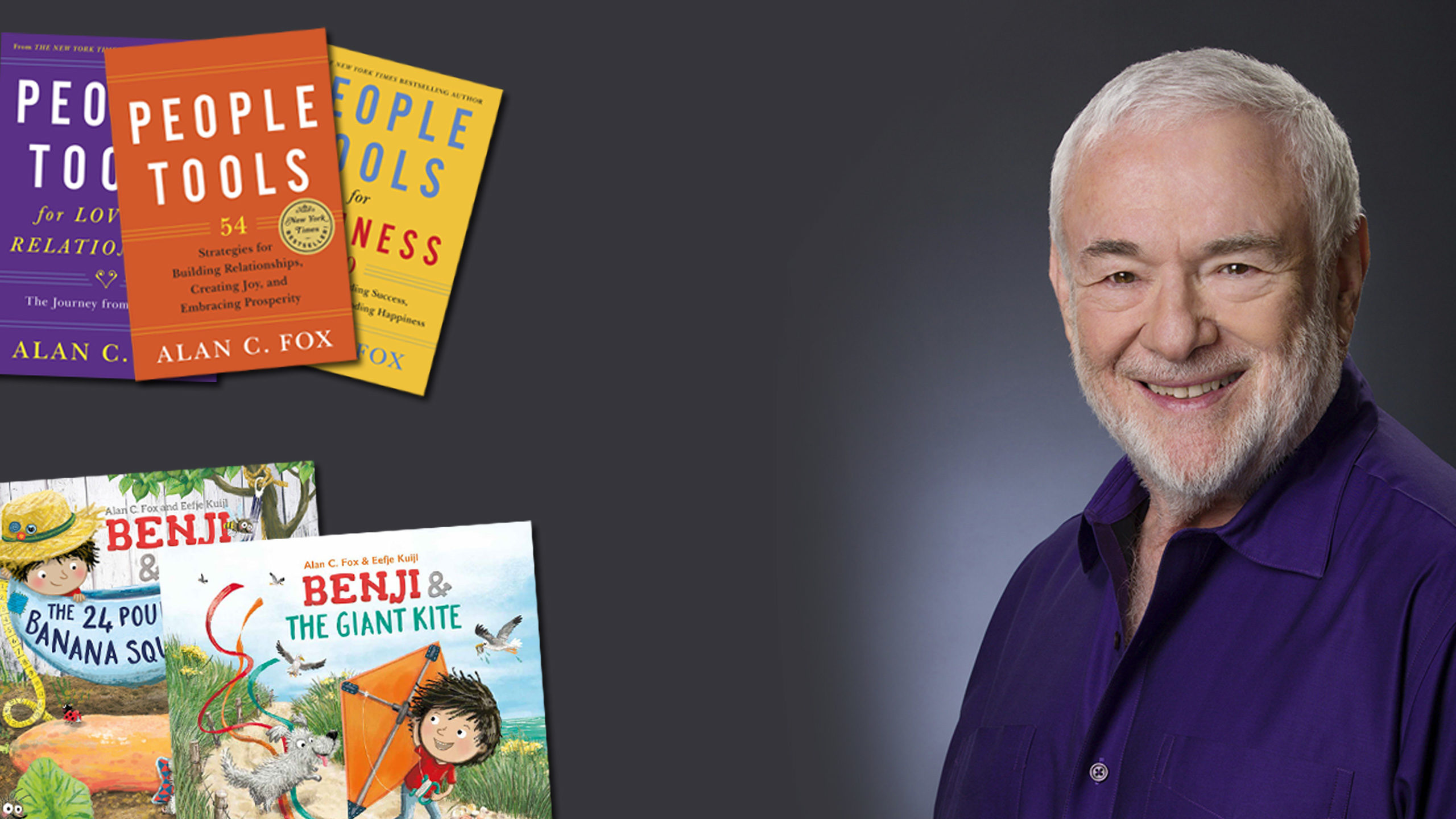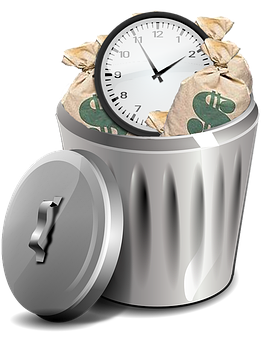In my first People Tools book (all three are available on Amazon) I presented my thoughts on how to make a good choice despite having incurred a “Sunk Cost.” Recently, I had to remember this People Tool myself, and I thought that maybe we could all use a reminder.
A “Sunk Cost” is the resource (time or money) you have already put into a project and can’t recover. The money or time are gone, never to return. This Tool advises us to ignore that “Sunk Cost” when we make a decision. We all have a tendency to follow through when we have previously invested in the outcome – but maybe that’s not always the best choice.
For example, I’ve purchased many movie tickets in my life. If Daveen and I don’t enjoy the movie, we leave. Why should we invest more time? A movie ticket is an option, not an obligation, and despite the fact that we paid for the ticket, we do not have to finish seeing the movie.
Two years ago I cancelled a flight on Jet Blue. To use my $600 credit I had to rebook last December. I reserved an August round trip flight to Bozeman, Montana, an 82 mile drive from the West entrance to Yellowstone. I thought Daveen and I could enjoy a few days inside the National Park and use my credit.
When I tried to reserve overnight accommodations at Yellowstone, however, they were completely sold out for both July and August. As an alternate, I made reservations at the Marriott hotel in Bozeman and arranged to rent a car. The hotel and the car were expensive.
After agonizing for a week about what to do, I finally realized I was planning to spend more than $5,000 to protect a $600 credit. Despite my own good advice from People Tools, I was trying to “save” my Sunk Cost by spending a lot more. That made no sense, especially for a trip that Daveen and I did not really look forward to.
I cancelled the reservations. I’m sure we’ll enjoy ourselves just as much at home, with no additional cost.
“Sunk Cost.”
This People Tool can save you time and money, and can help you to reach a better decision.
Alan



